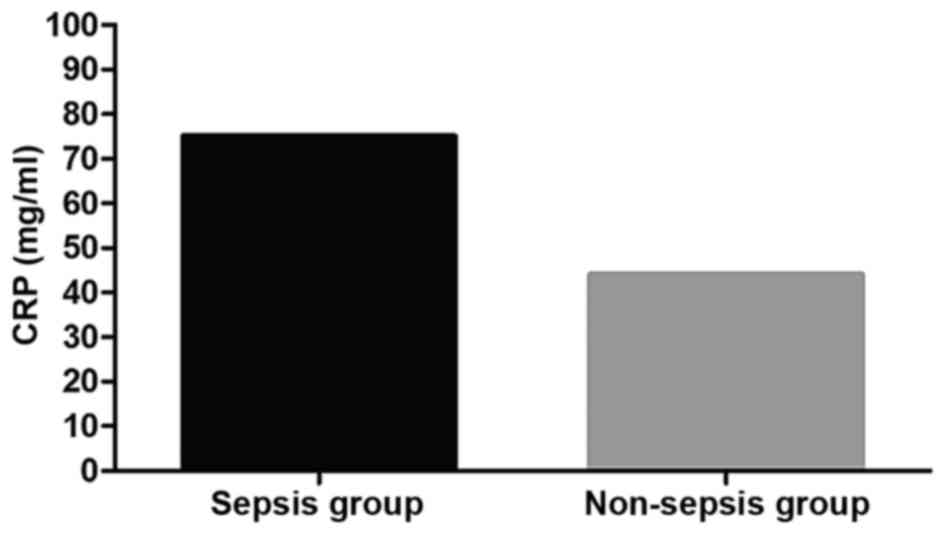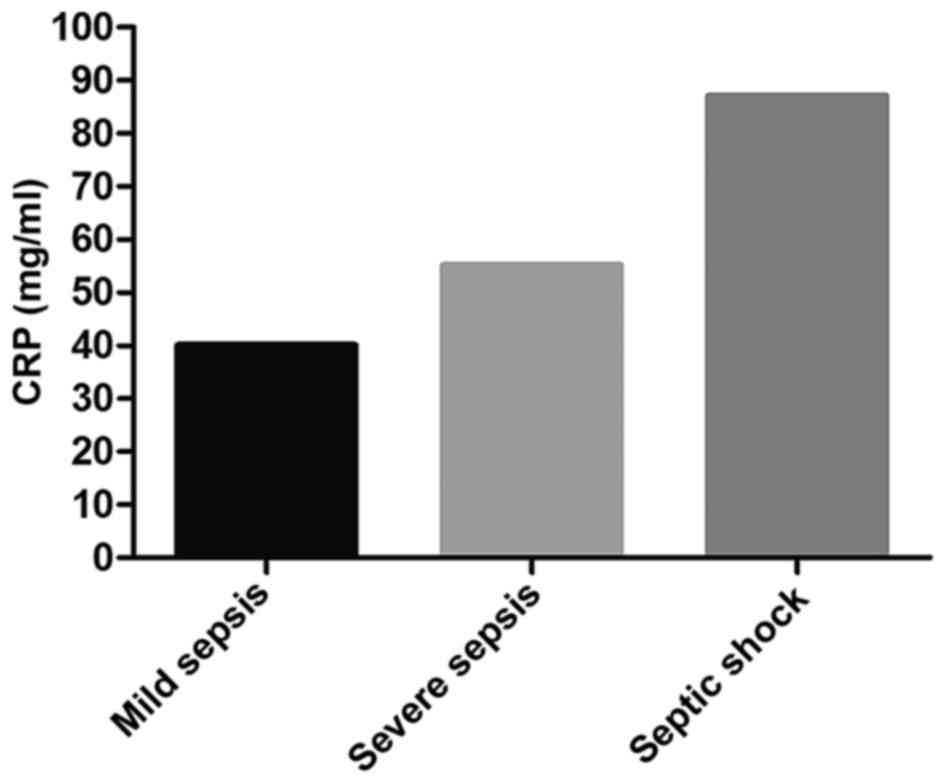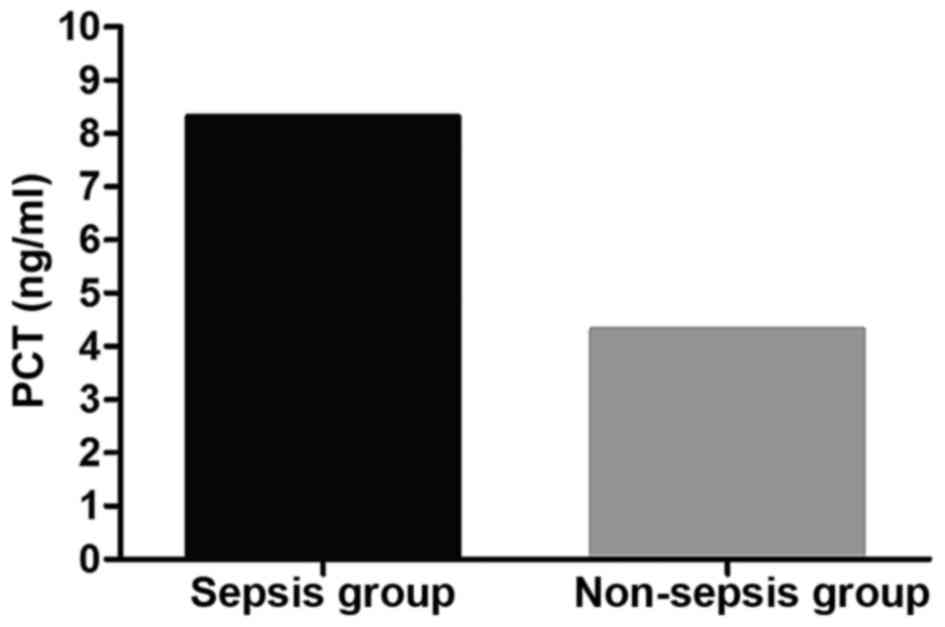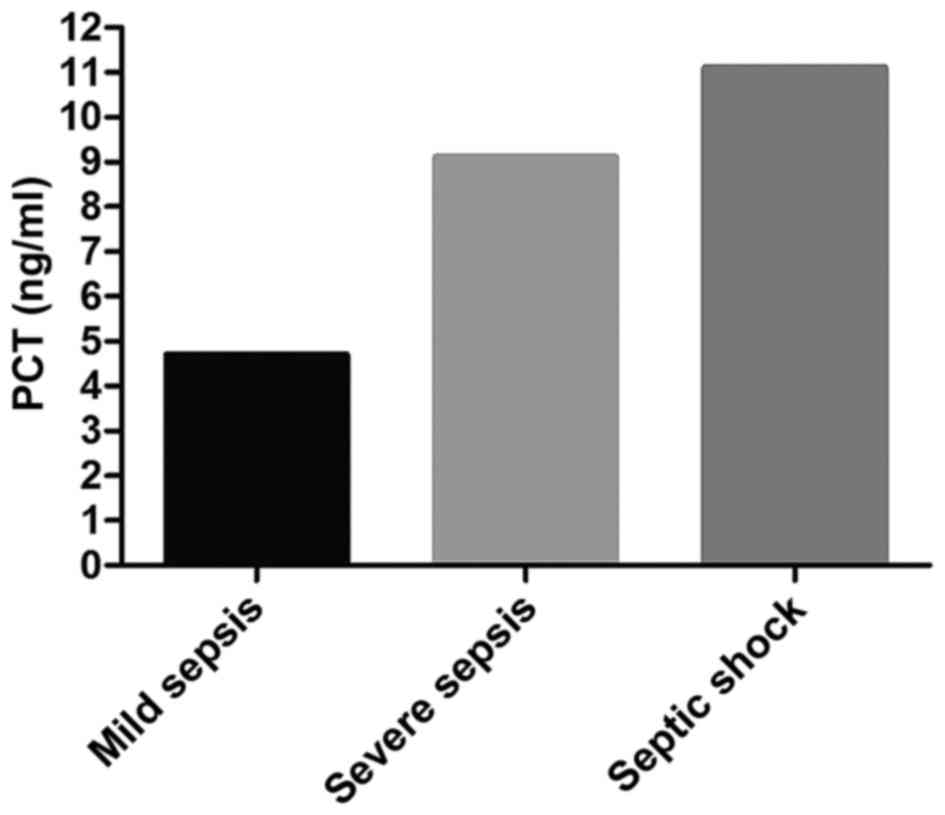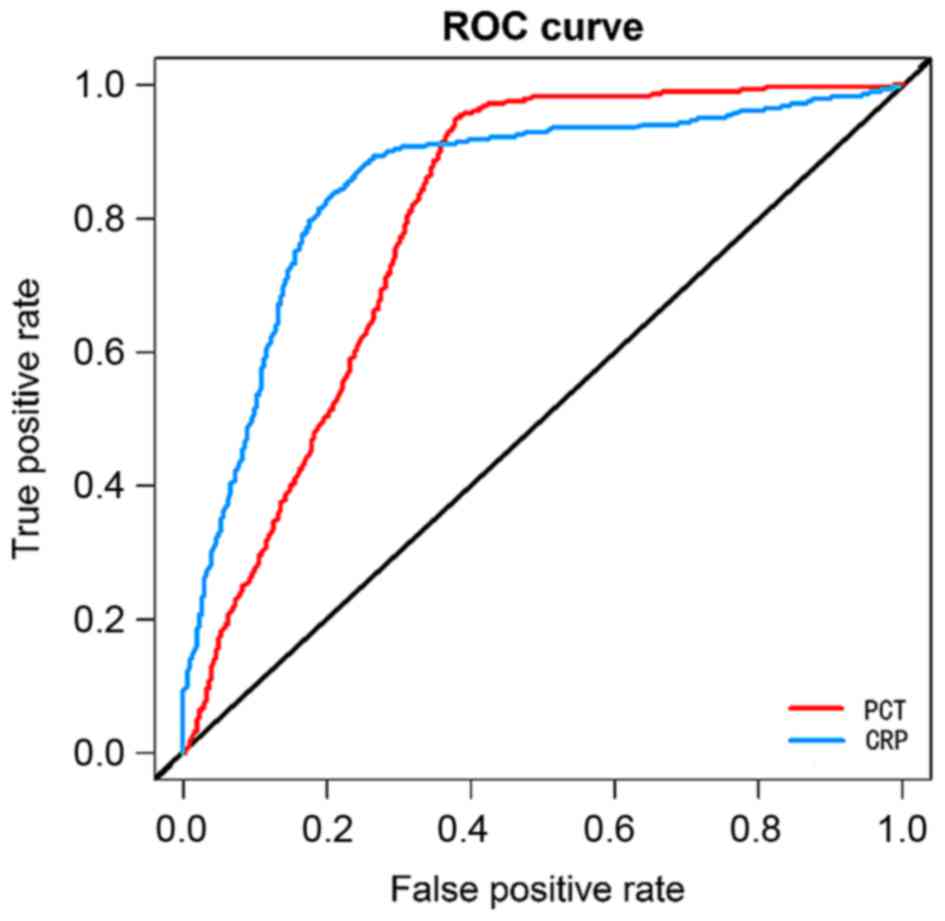|
1
|
Thimmulappa RK, Lee H, Rangasamy T, Reddy
SP, Yamamoto M, Kensler TW and Biswal S: Nrf2 is a critical
regulator of the innate immune response and survival during
experimental sepsis. J Clin Invest. 116:984–995. 2006. View Article : Google Scholar : PubMed/NCBI
|
|
2
|
Agyeman PKA, Schlapbach LJ, Giannoni E,
Stocker M, Posfay-Barbe KM, Heininger U, Schindler M, Korten I,
Konetzny G, Niederer-Loher A, et al: Epidemiology of blood
culture-proven bacterial sepsis in children in Switzerland: a
population-based cohort study. Lancet Child Adolesc Health.
1:123–133. 2017. View Article : Google Scholar
|
|
3
|
Thimmulappa RK, Lee H, Rangasamy T, Reddy
SP, Yamamoto M, Kensler TW and Biswal S: Nrf2 is a critical
regulator of the innate immune response and survival during
experimental sepsis. J Clin Invest. 116:984–995. 2006. View Article : Google Scholar : PubMed/NCBI
|
|
4
|
Kaukonen KM, Bailey M, Suzuki S, Pilcher D
and Bellomo R: Mortality related to severe sepsis and septic shock
among critically ill patients in Australia and New Zealand,
2000–2012. JAMA. 311:1308–1316. 2014. View Article : Google Scholar : PubMed/NCBI
|
|
5
|
Ferrer R, Martin-Loeches I, Phillips G,
Osborn TM, Townsend S, Dellinger RP, Artigas A, Schorr C and Levy
MM: Empiric antibiotic treatment reduces mortality in severe sepsis
and septic shock from the first hour: Results from a
guideline-based performance improvement program. Crit Care Med.
42:1749–1755. 2014. View Article : Google Scholar : PubMed/NCBI
|
|
6
|
Vincent JL, Opal SM, Marshall JC and
Tracey KJ: Sepsis definitions: Time for change. Lancet.
381:774–775. 2013. View Article : Google Scholar : PubMed/NCBI
|
|
7
|
Liu V, Escobar GJ, Greene JD, Soule J,
Whippy A, Angus DC and Iwashyna TJ: Hospital deaths in patients
with sepsis from 2 independent cohorts. JAMA. 312:90–92. 2014.
View Article : Google Scholar : PubMed/NCBI
|
|
8
|
Caironi P, Tognoni G, Masson S, Fumagalli
R, Pesenti A, Romero M, Fanizza C, Caspani L, Faenza S, Grasselli
G, et al: ALBIOS Study Investigators: Albumin replacement in
patients with severe sepsis or septic shock. N Engl J Med.
370:1412–1421. 2014. View Article : Google Scholar : PubMed/NCBI
|
|
9
|
Yang AP, Liu J, Yue LH, Wang HQ, Yang WJ
and Yang GH: Neutrophil CD64 combined with PCT, CRP and WBC
improves the sensitivity for the early diagnosis of neonatal
sepsis. Clin Chem Lab Med. 54:345–351. 2016. View Article : Google Scholar : PubMed/NCBI
|
|
10
|
Henriquez-Camacho C and Losa J: Biomarkers
for sepsis. BioMed Res Int. 2014:5478182014. View Article : Google Scholar : PubMed/NCBI
|
|
11
|
Gao L, Liu X, Zhang D, Xu F, Chen Q, Hong
Y, Feng G, Shi Q, Yang B and Xu L: Early diagnosis of bacterial
infection in patients with septicopyemia by laboratory analysis of
PCT, CRP and IL-6. Exp Ther Med. 13:3479–3483. 2017. View Article : Google Scholar : PubMed/NCBI
|
|
12
|
Zhang Y and Zhou L: Diagnostic value of
C-reactive protein and procalcitonin for bacterial infection in
acute exacerbations of chronic obstructive pulmonary disease. Zhong
Nan Da Xue Xue Bao Yi Xue Ban. 39:939–943. 2014.(In Chinese).
PubMed/NCBI
|
|
13
|
Seymour CW, Liu VX, Iwashyna TJ,
Brunkhorst FM, Rea TD, Scherag A, Rubenfeld G, Kahn JM,
Shankar-Hari M, Singer M, et al: Assessment of clinical criteria
for sepsis: For the third international consensus definitions for
sepsis and septic shock (Sepsis-3). JAMA. 315:762–774. 2016.
View Article : Google Scholar : PubMed/NCBI
|
|
14
|
Kaukonen KM, Bailey M, Pilcher D, Cooper
DJ and Bellomo R: Systemic inflammatory response syndrome criteria
in defining severe sepsis. N Engl J Med. 372:1629–1638. 2015.
View Article : Google Scholar : PubMed/NCBI
|
|
15
|
Mayr FB, Yende S and Angus DC:
Epidemiology of severe sepsis. Virulence. 5:4–11. 2014. View Article : Google Scholar : PubMed/NCBI
|
|
16
|
Hotchkiss RS, Monneret G and Payen D:
Immunosuppression in sepsis: A novel understanding of the disorder
and a new therapeutic approach. Lancet Infect Dis. 13:260–268.
2013. View Article : Google Scholar : PubMed/NCBI
|
|
17
|
Su L, Feng L, Song Q, Kang H, Zhang X,
Liang Z, Jia Y, Feng D, Liu C and Xie L: Diagnostic value of
dynamics serum sCD163, sTREM-1, PCT, and CRP in differentiating
sepsis, severity assessment, and prognostic prediction. Mediators
Inflamm. 2013:9698752013. View Article : Google Scholar : PubMed/NCBI
|
|
18
|
Li Z, Wang H, Liu J, Chen B and Li G:
Serum soluble triggering receptor expressed on myeloid cells-1 and
procalcitonin can reflect sepsis severity and predict prognosis: A
prospective cohort study. Mediators Inflamm. 2014:6410392014.
View Article : Google Scholar : PubMed/NCBI
|
|
19
|
Savva A, Plantinga TS, Kotanidou A, Farcas
M, Baziaka F, Raftogiannis M, Orfanos SE, Dimopoulos G, Netea MG
and Giamarellos-Bourboulis EJ: Association of autophagy-related
16-like 1 (ATG16L1) gene polymorphism with sepsis severity in
patients with sepsis and ventilator-associated pneumonia. Eur J
Clin Microbiol Infect Dis. 33:1609–1614. 2014. View Article : Google Scholar : PubMed/NCBI
|
|
20
|
Ashour FH, Maghraby HM and Hassan AS:
Procalcitonin as a diagnostic and prognostic marker of sepsis in
critically Ill patients in intensive care unit. Egypt J Hosp Med.
68:2017.
|
|
21
|
Huo JM, Huo R, Hu L, Lu SW and Zu J: Value
of procalcitonin, high sensitivity C-reactive protein and
pancreatic stone protein in predicting prognosis of children with
sepsis. Sichuan Da Xue Xue Bao Yi Xue Ban. 48:422–426. 2017.(In
Chinese). PubMed/NCBI
|
|
22
|
John J, Chisthi MM and Kuttanchettiyar KG:
C-reactive protein: An early predictor of sepsis in patients with
thermal burns. Int Surg J. 4:628–632. 2017. View Article : Google Scholar
|
|
23
|
Franekova J, Kieslichova E, Brezina A,
Brodska H, Secnik P and Jabor A: Presepsin can replace
procalcitonin in the prediction of sepsis in transplant patients
after antithymocyte globulin administration. Clin Chem Lab Med.
53:S5332015.
|
|
24
|
Sonawane VB, Gaikwad SU, Kadam NN and
Gavhane J: Comparative study of diagnostic markers in neonatal
sepsis. J Nepal Paediatr Soc. 34:111–114. 2014. View Article : Google Scholar
|















